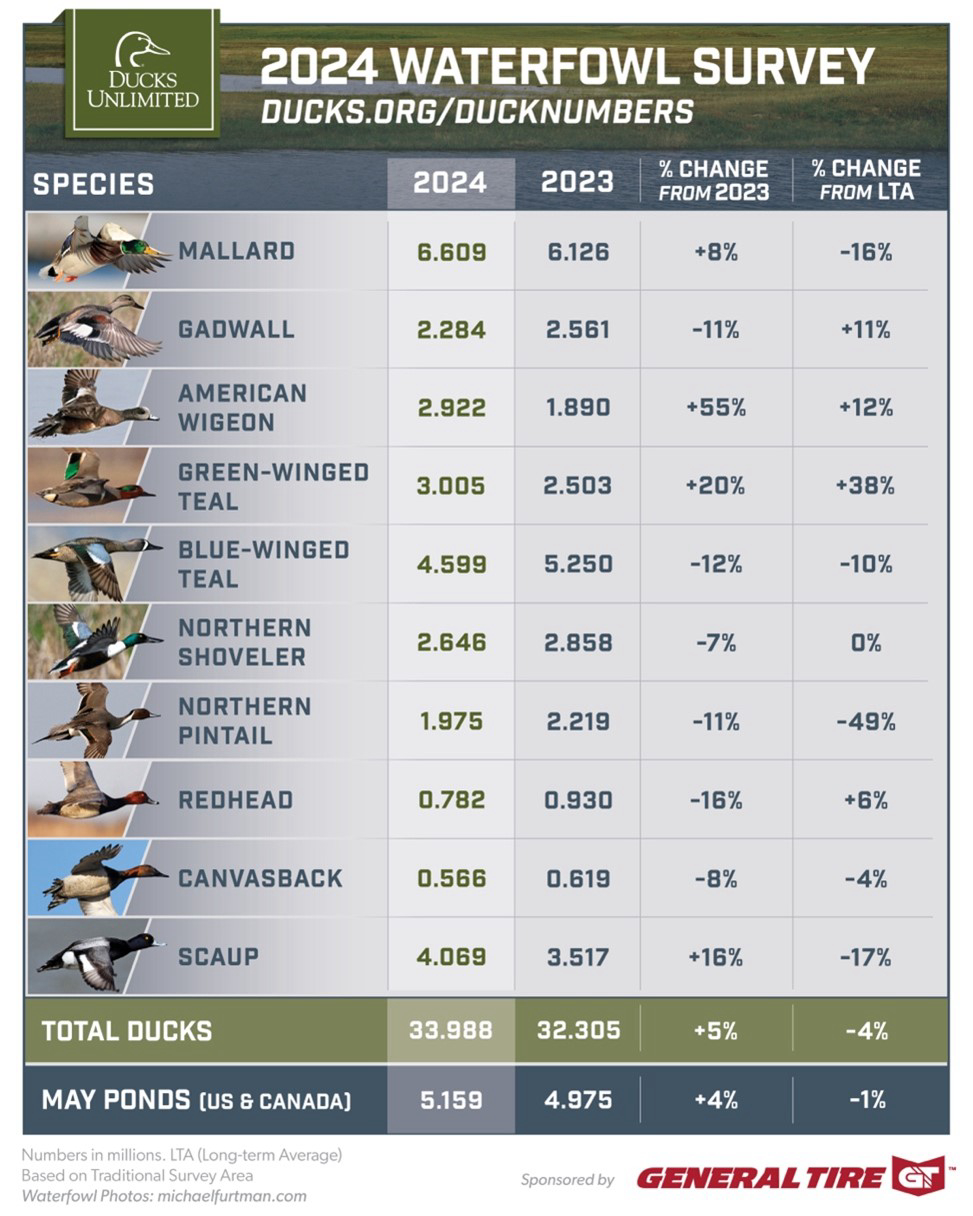Annual Gould’s Survey Enhances the Management of Arizona’s Unique Natural Resource
In a dedicated effort to support wildlife conservation and monitor the population dynamics of Gould’s wild turkeys, the Huachuca Gould’s Chapter of the National Wild Turkey Federation once again collaborated with the Arizona Game and Fish Department to conduct an essential turkey survey in southeastern Arizona. This joint initiative marks another year of successful partnership aimed at understanding and conserving the region’s unique turkey population.
Gould’s wild turkeys were introduced to southeastern Arizona in two batches, in 1983 and 1987, with nine and 12 turkeys released, respectively, at Fort Huachuca from Yecora, Mexico. The early 1990s witnessed a period of abundant rainfall that contributed to the turkeys’ thriving population. In response to this growth, John Millican, the NWTF Huachuca Gould’s Chapter president, and Fort Huachuca biologist Sheridan Stone initiated the Gould’s surveys.
In 2000, a comprehensive DNA study on various turkey subspecies in the U.S. confirmed the purity of Gould’s turkeys in the Huachuca Mountains without interbreeding with Merriam’s turkeys. This discovery sparked significant interest from the Arizona Game and Fish Department and the National Wild Turkey Federation, as this was the first viable Gould’s turkey population in the U.S.
Initially, the surveys sought to evaluate the overall state of the Gould’s turkey population in the 1990s. Yet, following the DNA study, the surveys transformed to actively contribute to the management of Gould’s turkeys. They played a pivotal role in recognizing the growth of subpopulations within the mountain range, understanding habitat preferences and assessing yearly recruitment rates. Over time, the compiled data aids the Arizona Game and Fish Department in understanding population fluctuations, enabling a long-term approach to harvest management. This data-driven insight also shapes future hunt permit allocations for Gould’s turkeys.
“We use the total number of male turkeys seen during surveys to guide our decisions regarding how many permits to issue each year, as per our Hunt Guidelines, with other factors such as hunter access, long-term trends and environmental conditions also playing a role in that decision,” said Rana Murphy, Arizona Game and Fish Department regional game specialist.
From April 14 to 16 this year, surveyors and volunteers meticulously covered more than 20 routes in the Huachuca Mountains and Canelo Hills of southeastern Arizona.
Set against the backdrop of Parker Canyon Lake, the base camp for the survey was a hub of activity. Hosted by the Huachuca Gould’s Chapter, participants enjoyed the convenience of a full-service setup, complete with covered dining areas and well-provisioned breakfast, lunch and dinner options.
The annual survey garnered strong participation, with approximately 35 individuals forming a diverse group of surveyors and supportive volunteers. This assembly included representatives from the Arizona Game and Fish Department, Huachuca Gould’s Chapter members, personnel from the University of Arizona and others. Several permit holders for the upcoming Gould’s hunt were also present, taking the chance to gain insights into turkey locations, strengthening their preparedness.
“Without the Huachuca Gould’s Chapter of NWTF and all of the volunteers and funding they bring to the table each year, this important event would not occur, and the data, vital to decisions about the management of Gould’s turkey, would go uncollected,” Murphy said.
Surveyors receive a designated survey sheet featuring a survey number and map outlining the designated route. The sheet prompts them to record specific data during the survey, such as weather conditions, start and end times, sightings of hens, gobblers, jakes or unidentified birds, as well as any signs like droppings, tracks or feathers. Additionally, participants noted GPS coordinates for bird sightings and other significant locations, including roost trees.
The initial findings from the survey revealed the observation of 15 mature gobblers, 35 jakes and 57 adult hens. These numbers were gathered from a total of 15 designated routes, while data from the remaining eight routes are still in the process of being incorporated for a comprehensive analysis.
Beyond the survey, the volunteers checked on various habitat improvement projects initiated by the Huachuca Gould’s Chapter. Any necessary maintenance was identified and addressed, reflecting their diligence in conservation efforts.
During this assessment, participants found that habitat conditions were notably wetter compared to the previous year, noticing sufficient water sources in springs, creeks and stock ponds, contributing to the area’s improved habitat for Gould’s wild turkey. The emergence of vibrant green vegetation held promising prospects, fueling anticipation for larger Gould’s turkey counts in future surveys.
In addition to the surveying activities, John Millican, took time to educate interested participants on the history of the Gould’s wild turkey, along with a Hunting 101 class. This session served as an educational opportunity for participants to deepen their understanding of the species and its needs. The annual collaboration between the NWTF Huachuca Gould’s Chapter and the Arizona Game and Fish Department exemplifies the power of collective action in wildlife conservation. Through these surveys, these dedicated individuals help to ensure the sustainable future of Gould’s wild turkeys in southeastern Arizona for generations to come.






